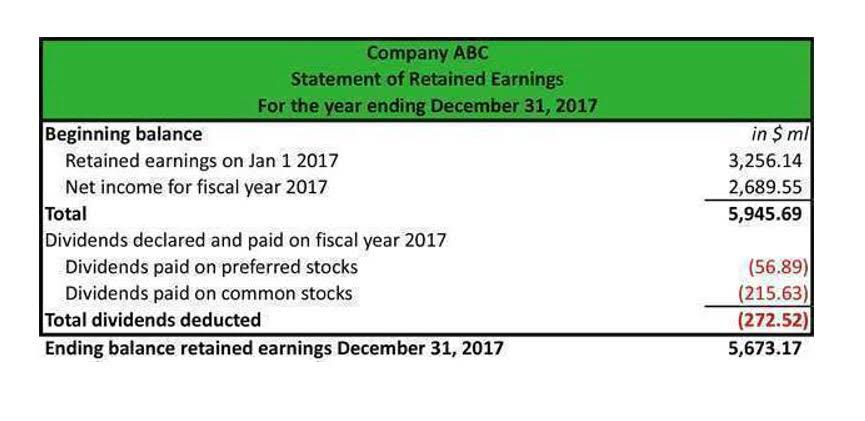
This means that over time, improvements in market value can be monitored and assessed. cost principle is the accounting practice stating that any assets owned by a company will be recorded at their original cost, not their current market value. The purpose of using the cost principle method is to maintain reliable information across financial documents and provide consistency in verifying an asset’s cost at the time of purchase. (3) This provision does not restrict the authority of the Federal awarding agency to identify taxes where Federal participation is inappropriate. Where the identification of the amount of unallowable taxes would require an inordinate amount of effort, the cognizant agency for indirect costs may accept a reasonable approximation thereof.
- The purpose of the cost principle is to ensure that financial statements record the original cost of a valuable asset.
- The cost principle, also known as the historical cost principle, states that virtually everything the company owns or controls (assets) must be recorded at its value at the date of acquisition.
- When a company sells inventory, the COGS is calculated based on the cost of acquiring or producing the goods.
- (i) When a non-Federal entity uses the cash basis of accounting, the cost of leave is recognized in the period that the leave is taken and paid for.
- Technological advancements or changes in market demand may render certain assets obsolete or impaired.
- When the FASB creates accounting standards and any subsequent clarifications or guidance, it only has to consider the effects of those standards, clarifications, or guidance on US-based companies.
- This is because the price you purchased an asset at may not be the fair market value to another person.
AccountingTools
In Introduction to Financial Statements, we addressed the owner’s value in the firm as capital or owner’s equity. However, for the rest of the text we switch the structure of the business to a corporation, and instead of owner’s equity, we begin using stockholder’s equity, which includes account titles such as common stock and retained earnings to represent the owners’ interests. The primary reason for this distinction is that the typical company can have several to thousands of owners, and the financial statements for corporations require a greater amount of complexity.
Time Period Assumption
Individually assessing a company’s cost structure allows management to improve the way it runs its business and therefore improve the value of the firm. Since they are not GAAP-compliant, cost accounting cannot be used for a company’s audited financial statements released to the public. These will vary from industry to industry and firm to firm, however certain cost categories will typically be included (some of which may overlap), such as direct costs, indirect costs, variable costs, fixed costs, and operating costs. Activity-based costing (ABC) identifies overhead costs from each department and assigns them to specific cost objects, such as goods or services. The ABC system of cost accounting is based on activities, which refer to any event, unit of work, or task with a specific goal, such as setting up machines for production, designing products, distributing finished goods, or operating machines. These activities are also considered to be cost drivers, and they are the measures used as the basis for allocating overhead costs.
Basket or Lump-Sum Purchase

By the beginning of the 20th century, cost accounting had become a widely covered topic in the literature on business management. When using lean accounting, traditional costing methods are replaced by value-based pricing and lean-focused performance https://www.bookstime.com/ measurements. Financial decision-making is based on the impact on the company’s total value stream profitability. Value streams are the profit centers of a company, which is any branch or division that directly adds to its bottom-line profitability.
There are some exceptions to the cost principle, mainly regarding liquid assets such as debt or equity investments. Investments that will be converted to cash in the near future are shown on your balance sheet at their market value, rather than their historical cost. This is a practical method of accounting when considering depreciation and its effects on the business. It allows the value of an asset to remain the same over its useful life.
- (6) The Federal Government must receive an equitable share of any amounts of previously allowed post-retirement benefit costs (including earnings thereon) which revert or inure to the non-Federal entity in the form of a refund, withdrawal, or other credit.
- They are built over time and not acquired or built by incurring costs.
- Depending on the account type, the sides that increase and decrease may vary.
- In addition, adequate depreciation records showing the amount of depreciation must be maintained.
- Similarly, expenses are recognized when they are incurred, even if the payment has not yet been made.
What are the other principles of GAAP?
- Lisa’s company purchased a piece of equipment for the kitchen in 2018 for $15,000.
- Financial accounting presents a company’s financial position and performance to external sources through financial statements, which include information about its revenues, expenses, assets, and liabilities.
- Following the cost principle also leads to the non-recognition of self-generated intangible assets like goodwill, brand name, and loyalty.
- In carrying out these steps, the timing and rate at which transactions are recorded and subsequently reported in the financial statements are determined by the accepted accounting principles used by the company.
- (5) Other necessary and reasonable expenses normally incident to relocation, such as the costs of canceling an unexpired lease, transportation of personal property, and purchasing insurance against loss of or damages to personal property.




